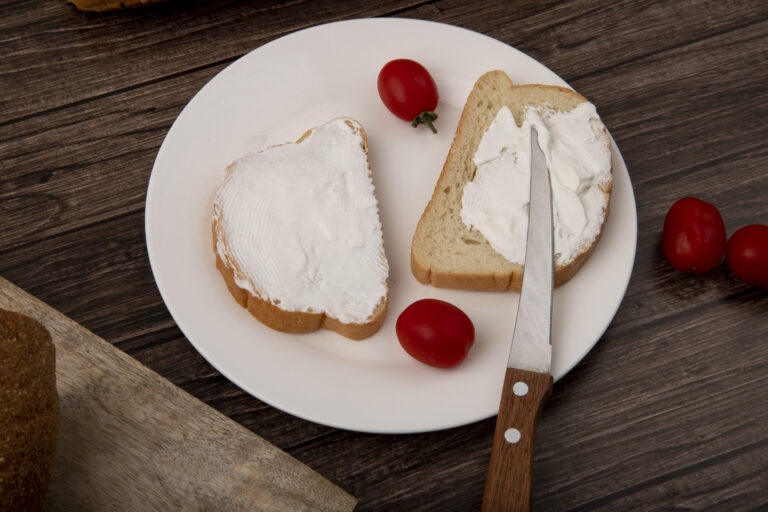Do you know how many types of cheese exist in the world? One of the most common ways to differentiate cheese types is based on their texture. This texture often determines how we enjoy cheese, whether as a snack, cooking ingredient, or complement to a main dish.
In this article, we’ll explore various categories of cheese texture and the factors that influence these textural differences.
Cheese Texture Categories
Cheese texture refers to the consistency and softness or hardness of cheese when consumed. This texture can vary from very soft to very hard and is influenced by various factors during the cheese-making process.
Soft Cheese
As the name suggests, soft cheese has a soft, smooth, and creamy texture. The high water content in the cheese makes it soft and easy to spread or smear.
Cheeses that fall into the soft cheese category include Brie, Camembert, and Mascarpone. These cheeses are typically used as bread spreads, dessert ingredients, or sauce components.
Semi-Soft Cheese
The characteristics of semi-soft cheese are similar to soft cheese. However, semi-soft cheese has less water content than soft cheese and a firmer texture. When cut, this cheese can hold its shape but isn’t firm enough to be grated.
Examples of cheese in the semi-soft category include Gouda, Monterey Jack, and Fontina. Due to their melting ability, these types of cheese are often used as toppings, in desserts, or in sandwiches.
Also Read: Recommendations for Halal and Safe-to-Consume Cheese!
Semi-Hard Cheese
The texture of semi-hard cheese can be said to be between semi-soft and hard cheese. However, compared to semi-soft cheese, this cheese is more ideal for grating due to its firmer texture. Semi-hard cheese is characterized by hints of fruit and nut flavors when consumed.
Cheeses that fall into this category include Cheddar, Parmesan, and Gruyère. Perhaps the one you encounter most often in daily life is Cheddar. These cheeses are typically used as toppings on dishes or as snacks.
Hard Cheese
Hard cheese is a type of cheese with very low water content or even dry. This cheese tends to be very dense, so some types need to be grated using special tools. However, due to its low water content, this cheese has the longest shelf life compared to other cheeses.
Asiago, Parmigiano-Reggiano, and Romano are types of cheese that fall into the hard cheese category. Due to their long aging time, these cheeses have a distinctive taste. As a result, in their use, hard cheeses are usually used to add flavor to dishes.
Also Read: Characteristics of Spoiled Cheese from Its Aroma and Taste
Factors that Affect Cheese Texture
So, those are the categories of cheese texture or cheese density levels. Now, what factors make cheese textures different? Let’s look at the explanation.
- Fat Content: The higher the milk fat content, the softer and richer the resulting cheese tends to be. Fat provides a creamy texture and more complex flavor.
- Manufacturing Process: In the cheese-making process, there is a process called coagulation. Coagulation is the process of clumping milk proteins into curds. The longer and stronger the coagulation process, the harder the resulting cheese tends to be.
- Aging Time: The aging process is the most influential on cheese texture. During aging, bacteria and fungi break down proteins and fats, changing the flavor and texture of the cheese.
Knowing the various types of cheese textures can make it easier for you to choose the right cheese to use. It also makes cooking and culinary experiences more satisfying. Especially when combined with cheese products from The Laughing Cow! Don’t forget to check out The Laughing Cow’s cheese product variants.







